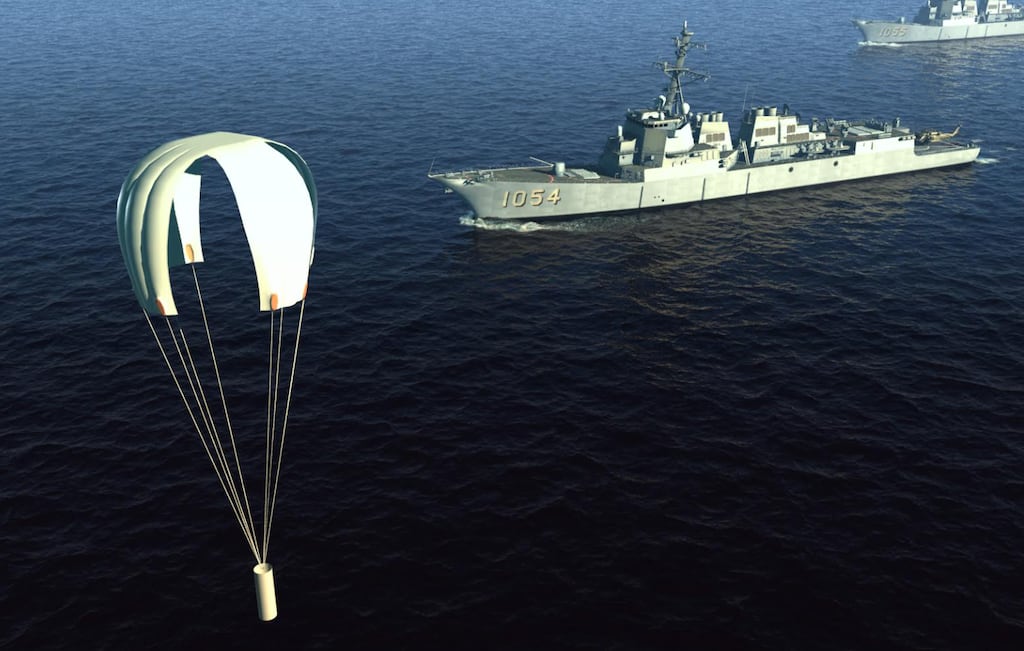Ancient ecosystem uncovered beneath Antarctic glacier collapse
Scientists uncover a thriving ecosystem beneath an Antarctic glacier,
revealing corals, octopuses, and giant sea spiders untouched for centuries.
Scientists have recently uncovered a wondrous and vibrant underwater world, previously hidden beneath a massive glacier in Antarctica.
The glacier, covering an area of about 510 sq.km. — roughly three and a half times the size of Tel Aviv-Yafo —detached from the George VI Ice Shelf in January 2025, revealing a thriving seafloor never before seen by humans.
Among the fascinating creatures discovered were icefish, giant sea spiders, and octopuses — evidence of the astonishing biodiversity that endures even under the most extreme conditions.
The enormous glacier, now named A-84, broke away from the ice shelf in the Bellingshausen Sea—a marginal sea of the Southern Ocean along the western edge of the Antarctic Peninsula — while scientists were aboard the research vessel R/V Falkor, operated by the Schmidt Ocean Institute.
When the dramatic event occurred, the research team swiftly altered their plans to seize the rare opportunity to explore the newly exposed depths.
“We seized the moment and changed the expedition plan to explore what lies beneath,” said Dr. Patricia Esquete, a senior scientist with the research mission from the Centre for Environmental and Marine Studies at the University of Aveiro in Portugal.
Over the course of eight days, the team explored the seafloor at depths reaching 1,300m. using an advanced underwater robot named ROV SuBastian. They discovered large coral reefs and sponge fields teeming with marine life — a thriving ecosystem that had managed to flourish despite the extreme cold and darkness.
Antarctica’s floating ice shelves hang over the sea like massive platforms, making access to the seafloor beneath them a major challenge for scientists. Typically, deep-sea creatures depend on organic matter sinking from the sunlit upper layers of the ocean.
A beautiful and lively ecosystem
However, this ecosystem — sealed beneath 150m. of ice for hundreds of years — developed in a unique way. “We did not expect to find such a beautiful and lively ecosystem,” said Dr. Esquete. “Given the size of the animals, it appears these communities have existed here for decades, maybe even centuries.”
Researchers believe that ocean currents may bring nutrients beneath the ice shelf, allowing these creatures to survive.
The exact process remains unclear, but the team hopes further studies will provide answers. “We originally came to this area to study the interface between the ice and the sea,” explained Dr. Jyotika Virmani, executive director of the Schmidt Ocean Institute.
“Being there right as the glacier calved was a rare scientific opportunity that gave us a first glimpse into the untouched beauty of nature.”
This discovery highlights the hidden wonders of our world and reminds us how much there is still to learn about nature — even in the coldest and most remote corners of the Earth, like Antarctica.
THIS PAGE WAS POSTED BY SPUTNIK ONE OF THE SPUTNIKS ORBIT BLOG
https://disqus.com/HOME/FORUM/THESPUTNIKSORBIT-BLOGSPOT-COM














